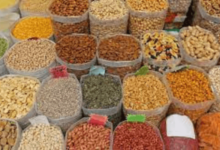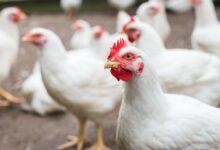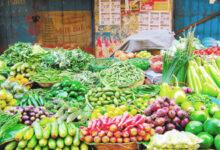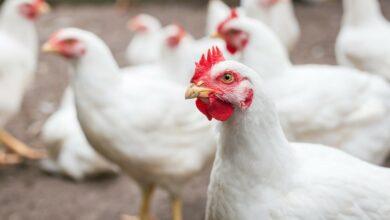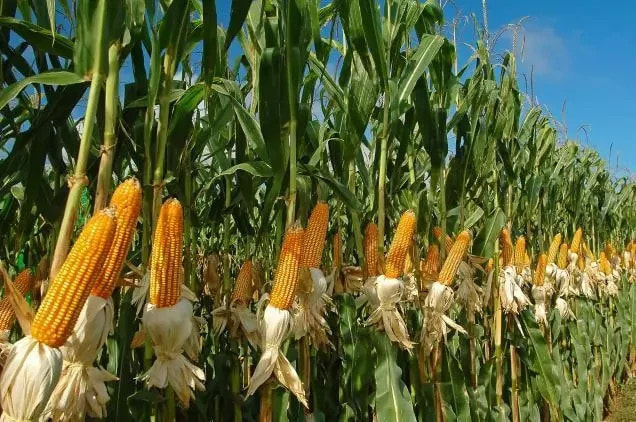Cassava Starch Processing Machine in Nigeria and Price
Cassava tubers are one of the most sort after tubers in Nigeria. Cassava Starch Processing Machine in Nigeria and Price will be listed here.
This is because it’s from cassava tubers that we get to make Garri and Fufu. Garri is the dry fried cassava starch while Fufu is obtained by heating molten cassava starch till it hardens.
👉 Relocate to Canada Today!
Live, Study and Work in Canada. No Payment is Required! Hurry Now click here to Apply >> Immigrate to CanadaCassava which is biologically referred to as Manihot esculenta is a woody shrub native to South America of the spurge family, Euphorbiaceae.
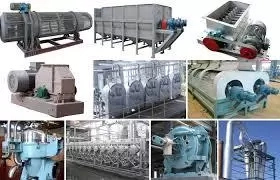
Read Also: Costs of Cassava Peeling Machines In Nigeria
Cassava is cultivated extensively all across the Nigeria since it is an annual crop for its edible starchy tuberous roots which is highly rich in carbohydrates.
It might interest you to know that cassava is third largest source of food carbohydrates in the tropics and Nigeria is the world’s largest producer of cassava while Thailand is the largest exporter of dried cassava. After rice and maize. It is one of the most drought-tolerant crops, capable of growing on marginal soils.
Historically, cassava was introduced to Africa by Portuguese traders from Brazil in the 16th century. Around the same period, it was also introduced to Asia through Columbian Exchange by Portuguese and Spanish traders, planted in their colonies in Goa, Malacca, Eastern Indonesia, Timor and the Philippines.
Maize and cassava are now important staple foods, replacing native African crops. Cassava has also become an important staple in Asia, extensively cultivated in Indonesia, Thailand and Vietnam.
Cassava is sometimes described as the “bread of the tropics” but should not be confused with the tropical and equatorial bread tree (Encephalartos), the breadfruit (Artocarpus altilis) or the African breadfruit (Treculia africana).
Due to the high demand of cassava starch by Nigerians and citizens of the neighbouring countries, the use of manual methods to process these starch won’t be able to meet up the demand; in other words, the supply will be less than the demand if manual methods are used.
👉 Relocate to Canada Today!
Live, Study and Work in Canada. No Payment is Required! Hurry Now click here to Apply >> Immigrate to CanadaBecause of this, machines and some automated systems were invented to enable high quantity or batch processing of cassava starch. These machines are readily available within the country or outside the country.
Some Nigerians have gone as far as producing their own locally fabricated cassava processing machines to help in their commercial processing of these cassava starches. The prices of these machines may vary depending on the seller, function, or mode of operation.
Some machines require electricity for powering whereas some are entirely mechanical without any need for electric power supply.
Read Also: Problems And Prospects Of Cassava Production In Nigeria
Below are some of the available Garri processing machines:
- Cassava peeling machine
- Cassava grater
- Pressers
- Sifters
- Automatic fryers
1. Cassava Peeling Machine
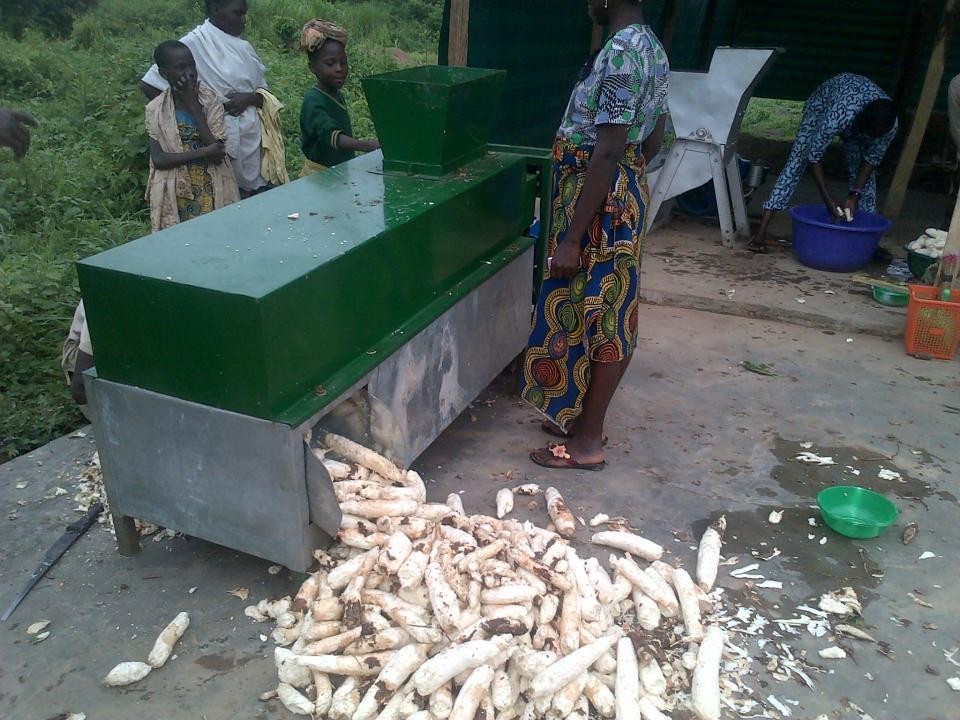
This is a dual-purpose machine designed to peel and also wash cassava tubers simultaneously. It is made and designed based on the features of root cassava processing machinery which adopts the brush process widely used for cassava peeling and cleaning.
It is easy to operate and has high output. It could be made of carbon steel or stainless steel 304. This is not all stainless steel. The stainless steel part is the big square that holds the water. It washes and peels at the same time.
It comes with 175 diesel engine. Sometimes, a 5.5hp petrol engine. Depending on the speed, which also is dependent on the capacity.
Above is an 800kg/hr peeling machine.
PRICE: N300, 000 – N600, 000
Read Also: Foods To Produce From Cassava
2. Cassava Grater
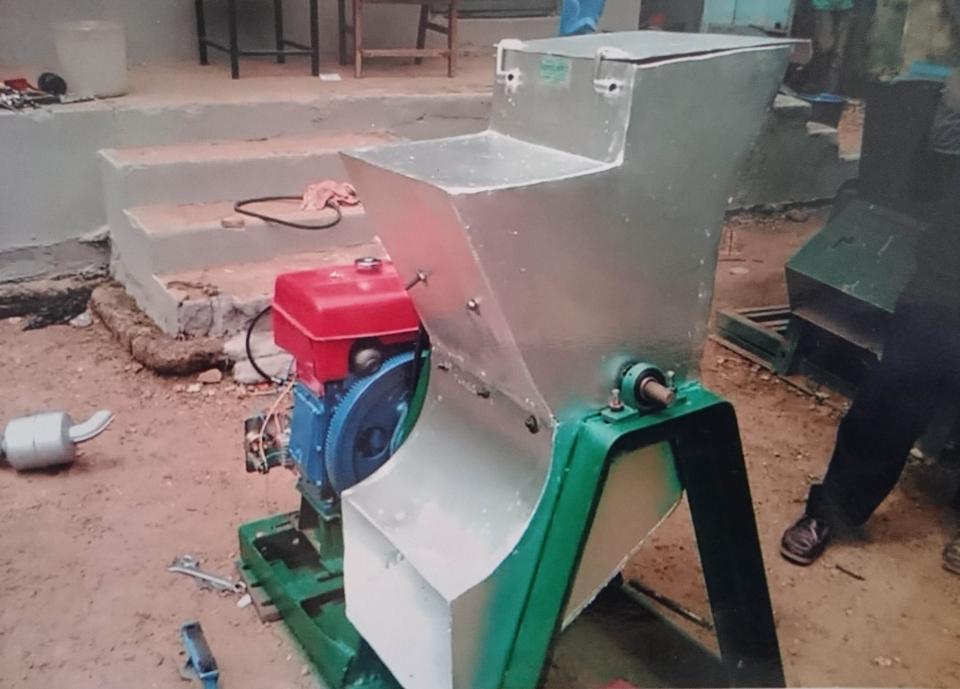
The grater is the machine that helps to size-reduce or grind the cassava tubers. It is the machine that grinds the several cassava tubers turning them into thick paste.
Above is a 1ton/hr, stainless steel grater with a 165 diesel engine. The engine uses both water and diesel. It is a small version of the Lister engine. You can use the wind or kick start.
Height is mostly 5ft but sometimes, it could be as high as 5ft 4inches.
PRICE: N150, 000 – N300, 000
3. Pressers
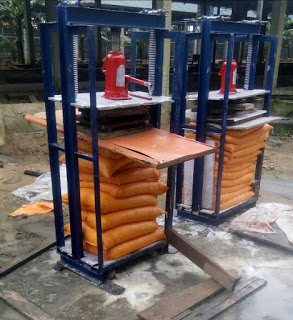
During cassava starch processing, the grounded cassava tubers are packed into bags that are permeable to water but not the starch molecules. These bags are then packed into a presser which then applies pressure on the stacked bags thus forcing the water present in the pulp out. This process is termed dewatering.
Pressers come in various sizes and capacities with unique and new designs. Some of them don’t require the use of wooden planks for support which rots and gets really messy with time. The design of the presser has influence over how fast the water will drain out. The design on the above picture will drain faster and even firmer and it does have a jack.
Depending on how tall the presser is, it could hold about 10 to 40 bags of grated cassava. There also exist automatic pressing machines which can press between 40 bags (PRICE: N500, 000) to 60 bags (PRICE: N700, 000) at once making the starch all ready for frying within 1-2 hours.
PRICE: N120, 000 – N700, 000
Read Also: Cassava Farming Business; How To Start And Be Successful
4. Sifters
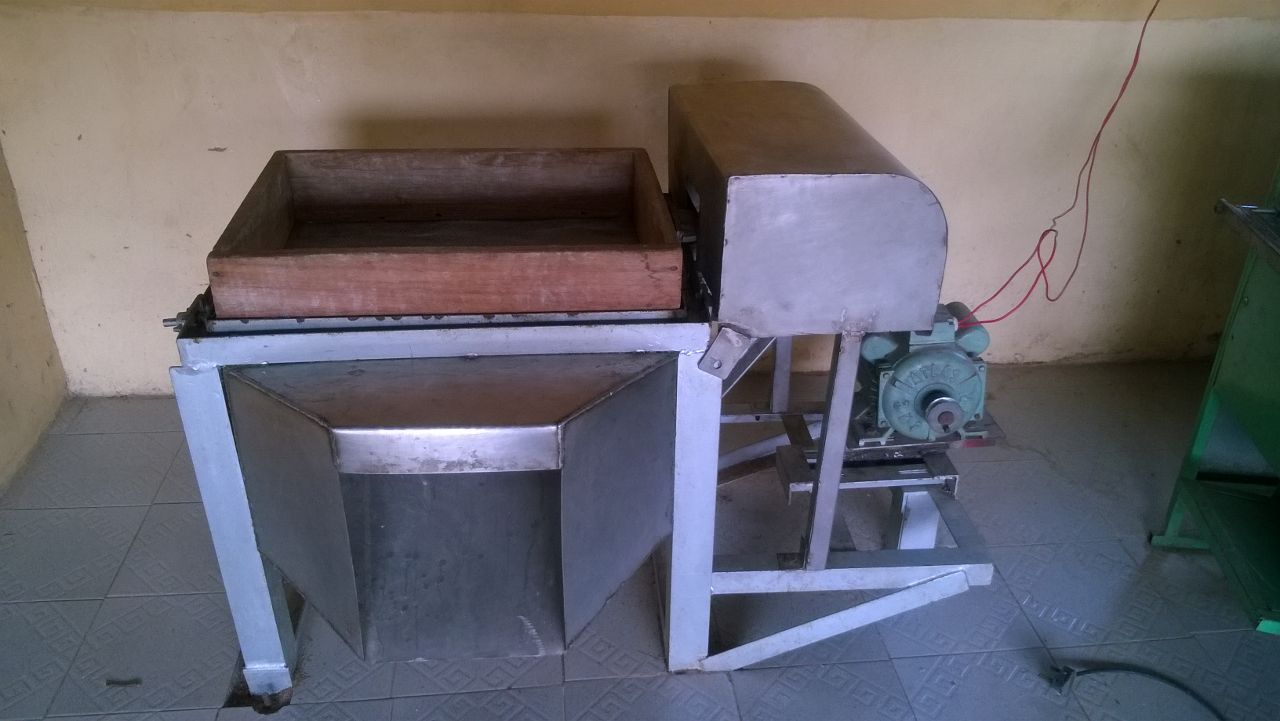
After the cassava starch has been dewatered, it is then sieved to separate cassava fibers and some large particles of cassava or foreign body out of the starch. Sieving also serves to break down the compacted starch due to pressure applied on them by the presser into smaller particles for ease and evenly frying.
Before now, nets were used to manually sift the dry starch. This manual method was time consuming and often led to the introduction of contaminants into the starch. This method was unsuitable for commercial production of cassava starch. To solve this, a machine described as the sifter was invented.
The purpose of the sifters is to sift the cakes (after pressing or after frying) and the finished Garri. The finished Garri are mostly sifted to separate the large grain from the fine ones. The use of the sifter will be determined by the volume of your output.
It would be counterproductive to use hands to sift when you produce high numbers. Of course, the consequence is simple, you slow down your production.
PRICE: N100, 000 – N200, 000
Read Also: Cassava Processing Business in Nigeria
5. Automatic Fryers
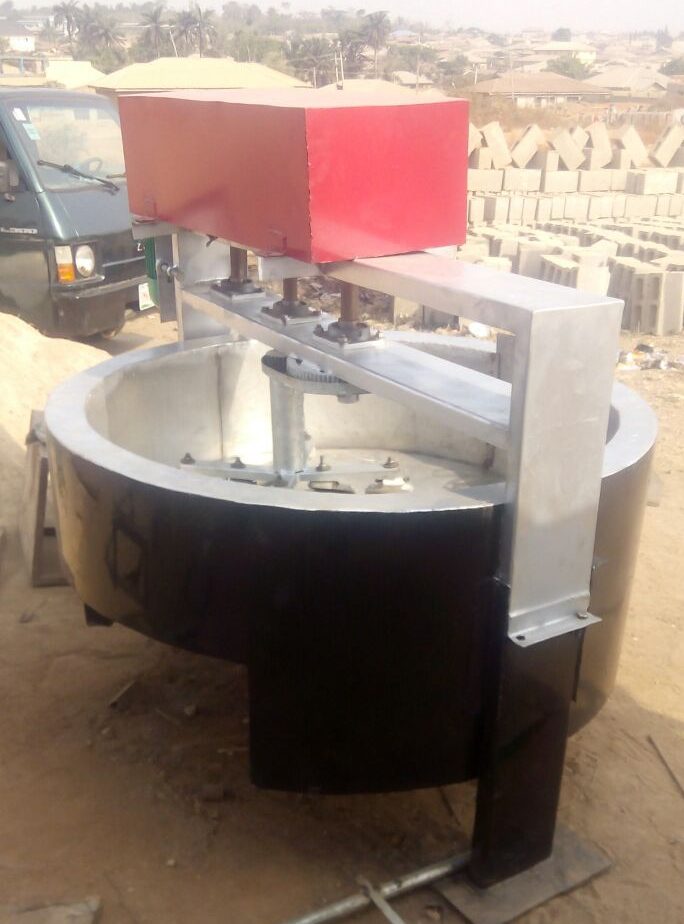
After starch powders are grated, pressed and sifted, it is then time for them to be transformed into the finished product which is the Garri. Although after grating and dewatering, the starch can be processed further by fermenting and washing to deem it fit for use in the making of Fufu.
But in the case of Garri, it has to be fried by applying heat to them. In a commercial setting, manual frying of Garri with pots and fire won’t yield much output and will be highly time consuming. To aid this, automatic fryers were designed and produced.
They are mechanical in nature, highly efficient and time-saving. With automatic fryers, you fry 10 bags of 50kg of Garri in a day. There are some automatic fryers that require the use of electricity or generator and there are some that do not require the use of electricity or generator
PRICE: N550, 000 – N650, 000
